Your Child Will Learn
- How their actions affect others and how to apologize
Here’s What to Do
- Talk with your child about what an accident means, and some examples of recent accidents (like: this morning I spilled the milk on the table).
- Teach them the three steps of responding to an accident:
- Step 1: Say, “It was an accident.”
- Step 2: Say, “I’m sorry.”
- Step 3: Ask, “How can I help?”
- Think of a pretend accident and model what you would say in that scenario (following the three steps). Some examples:
- Dropping a dish
- Tearing your friend’s picture
- Knocking your sister over when playing
- Give your child more pretend accident scenarios and invite them to respond using the three steps.
Put PEER Into Action
PAUSE
- Hold your child’s hands and take a deep breath together.
ENGAGE
- “Pretend I dropped a dish at Abuela’s house and food went everywhere. I would say: It was an accident, I’m sorry. How can I help? Can I get the broom and mop and clean up?”
- “Your turn. Pretend you accidentally ripped your friend’s drawing. What would you say?”
ENCOURAGE
- “Do you remember the first thing you should say? It was an accident, right.”
- “Can you think of any ways you could help your sister if you accidentally knocked her over? What would make you feel better if that happened to you?”
REFLECT
- “How does it feel to say ‘I’m sorry’?”
Not Quite Ready
Practice so your child is comfortable responding with steps 1 and 2 (It was an accident, I’m sorry). Give them suggestions for how they can help.
Ready for More
Have your child teach the three steps to a stuffed animal, then practice by playing pretend with the animal.
As Your Child Masters This Skill
They will know the right way to respond to an accident without adult prompting
Time to Complete
10-15 minutes
Materials Needed
None
